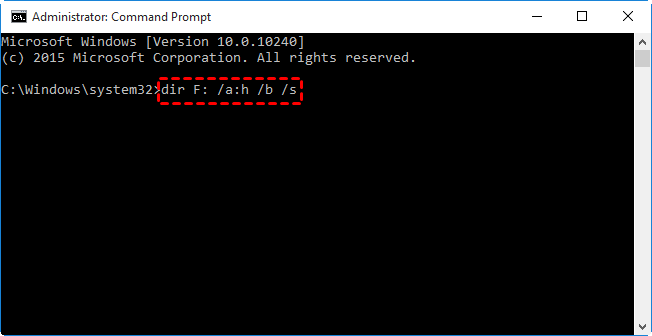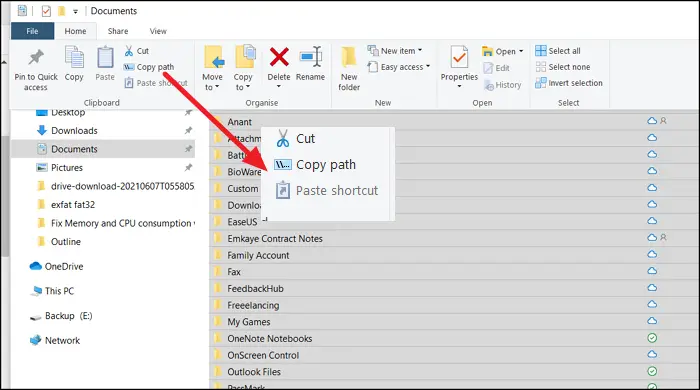

S���� Lists files in the specified directory and all subdirectories P���� Pauses after each screenful of information ������������� – using this prefix reverses the sort order L���� Forces lowercase display of file names B���� Uses bare format (no heading information or summary) Click here to see a list of DIR command line switches. But you can augment the DIR comment with a set of optional switches, as shown below. Unfortunately, this volume of information is more than you need, and capturing it would result in a heavy editing task.

The DIR command’s output isn’t very useful in its raw form. If you’re viewing the Explorer address bar, you can copy the displayed path name, and by clicking twice-not double-clicking-on a file name, you can edit or copy that file name (see Figure A), but copying individual file names in this manner for pasting into a document isn’t exactly efficient.

One thing it doesn’t let you do, though, is create lists of a directory’s contents. It reduces many of the complexities of DOS’s file management system to an easy point-and-click interface. It lets you view the contents of any storage medium on your computer as icons or in an easily sortable detailed mode.
HOW TO LIST DIRECTORY CONTENTS IN WINDOWS WINDOWS
Windows Explorer combined the best features of Windows 3.1’s Program Manager and File Manager into a single, powerful file-management utility. Although I’ve tested it only under Windows 2000, the basic technique should work under all DOS versions. This technique is dependent on accessing MS-DOS. Using these commands, you can quickly and easily create lists of file names. However, several versions of Windows still provide access to MS-DOS commands. But unlike DOS, Windows 95 and later versions offer no easy way to capture a list of file names stored in various directories. This system is much more intuitive than the 8.3 standard-eight-character file name and three-character extension-used by DOS. Windows 95 and later allows for long file names, allowing documents and other files to bear a descriptive label. One frequently requested element is a catalog of documents or other electronic files stored in various network directories. Leave it to good ol' DOS and the DIR command to save the day.Īs a technical writer and consultant, I am constantly working with system documentation. Print a list of directory contents in Windows 2000 with DOSīeing able to print a listing of a directory's contents is handy, especially when preparing technical documentation.


 0 kommentar(er)
0 kommentar(er)
